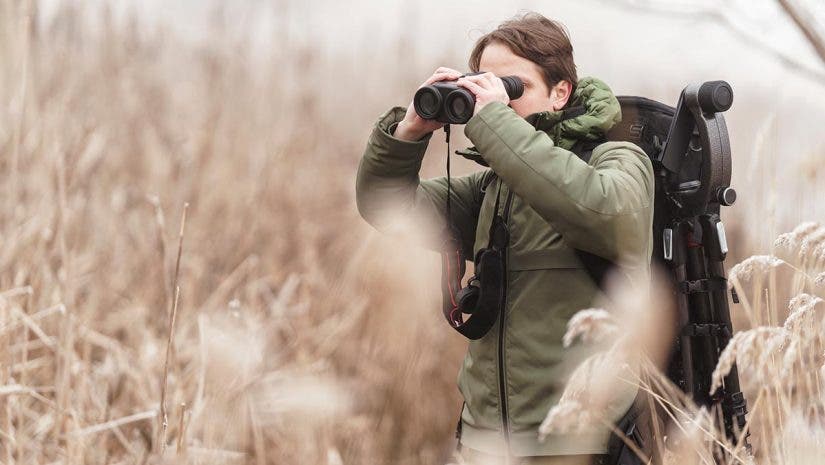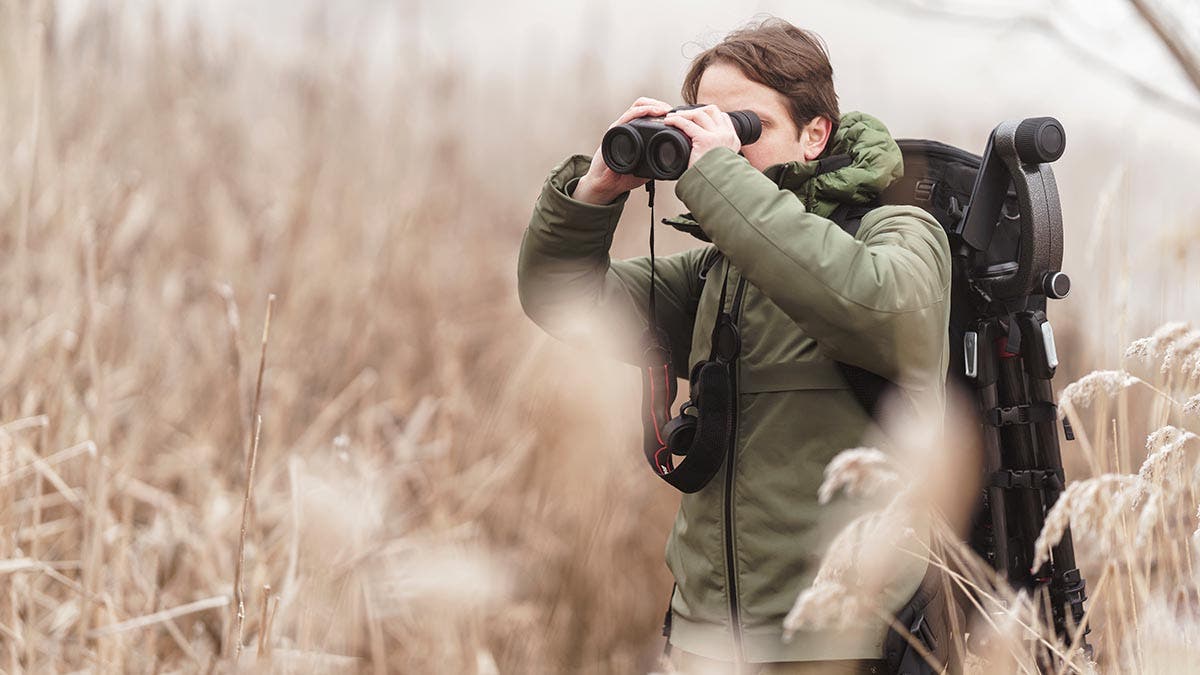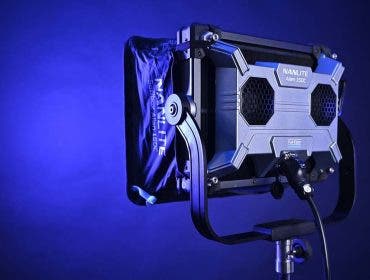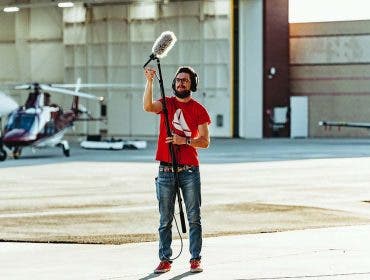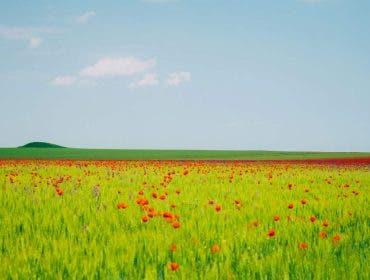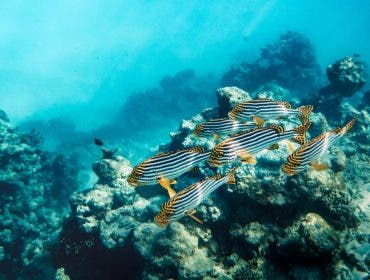While lenses and cameras help you capture the shot, accessories like binoculars make it so much easier. This article will discuss how to choose binoculars for bird photography. If you like to see our picks for Best Binoculars for Bird Photographers and why, check out this article. Bird photographers use sophisticated photo gear, including a high-end camera, super telephoto lenses, a sturdy tripod, often with a gimbal head, filters, and other accessories. They may even resort to camouflage to ensure they can get near the birds without scaring them. As a result, a bird photographer often ends up carrying a heavy load, each item being thoroughly cured before making the bag.
But photo equipment is not the only gear you need to take amazing photographs of birds. Like camouflage, binoculars should be on your list because you can hardly take any photos of birds if you can’t spot them. Here is all you need to know to choose the best binoculars for bird photography.
Why Do You Need Binoculars for Bird Photography?
Telephoto lenses like the Sigma 60-600mm help you photograph birds from a distance, which is great. Be sure to check out our picks for bird photography lenses. However, they are heavy, bulky, and difficult to maneuver, and you can’t use just the lens to look for birds. Add the camera body, and you will have a couple of kilos to move fast, smoothly, and precisely to follow birds around. After only a few minutes your arms will get tired and tremble, maybe just in time to take the shot, which, of course, will be blurred or have a misplaced focus point.
You can try to mount the camera and lens combo on a tripod to look for birds. But you’ll have to carry the entire setup from one place to another or put it together each time. Furthermore, the tripod restricts your freedom of movement and thus the number of birds you spot.
Binoculars are Compact and Agile
Binoculars on the other hand are compact, small, and lightweight. You can use them to look for birds with your photo gear still in the backpack. Once you spot them, you can install your tripod and mount the camera because you know exactly how to face it. In addition, using a tiny item such as binoculars is less likely to make your presence noticed. You’ll make less noise than when using the camera and lens combo, creating a more pleasant environment for the birds.
For me, getting a binocular was a game changer. It improved my chances of spotting birds and taking clear shots, gave me time to focus on composition, and reduced my frustration, which translated into better storytelling and connection with nature. I developed the habit of taking a walk, hike, or bike trip just to look for birds using my binoculars and noting the locations I have to visit later with the camera.
Features to Look for in Binoculars for Bird Photography
If you haven’t used binoculars yet, there are a few features you must consider when making the purchase. Keep in mind your goal (i.e., bird photography) and consider your workflow. It may seem less important than technical specifications, but I assure you that being comfortable with your gear is much more useful than having expensive, high-end gear. Next, pay attention to the following:
- Quality of optical elements: Like lenses, binoculars are optical devices, which means the quality of the glass dictates image quality. If you want to see clear, spot small birds in grass or foliage, and protect your vision, go for high-quality binoculars.
- Magnification: Magnification refers to how much bigger you can see an object through the binoculars than with the naked eye. For bird photography, you want at least an 8x magnification factor.
- Size and weight: Because bird photographers already carry a lot of gear, you want binoculars that are lightweight, compact, and ergonomic. You want agility and speed. So, go for the smaller binoculars whenever the other criteria are met.
- Tripod adaptable: If you want to observe the birds’ behavior throughout the day (to establish the best time of the day to bring your camera, for example), it helps to have a stationary post. Mounting the binoculars on a tripod provides hands-free observation, which is much more comfortable for long watches.
Conclusion
Include a binocular in your bird photography gear and take the next step towards getting home with better shots. Not only does it improve your chances of taking amazing bird shots but it also improves your overall experience. Binoculars allow you to study the birds’ behavior, environment, and relationships, which translates into valuable knowledge. This can be anything from where it moves in specific wind conditions, at which time of day or year it visits specific locations, so you can set yourself up for success. Being able to anticipate behavior is halfway to a great shot.
Choose high-quality products that provide clarity, sharpness, and bright views even in low lighting conditions. Best bird shots often happen at twilight. Also, invest in a robust binocular, resistant to water, dust, and scratches, because it is worth it in the long term. Bird photography equipment may seem expensive, especially if you are a beginner, but I believe the best approach is to use fewer high-end items that fulfill your needs.
